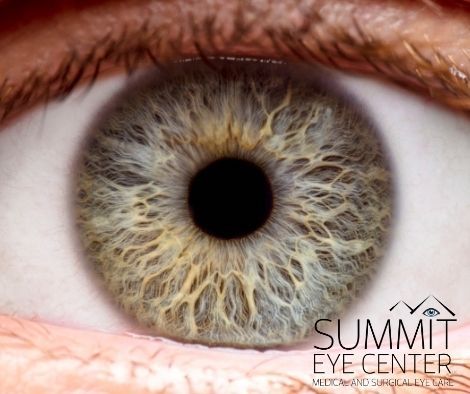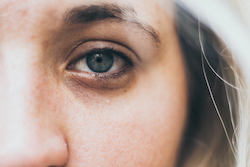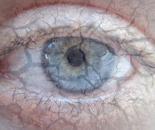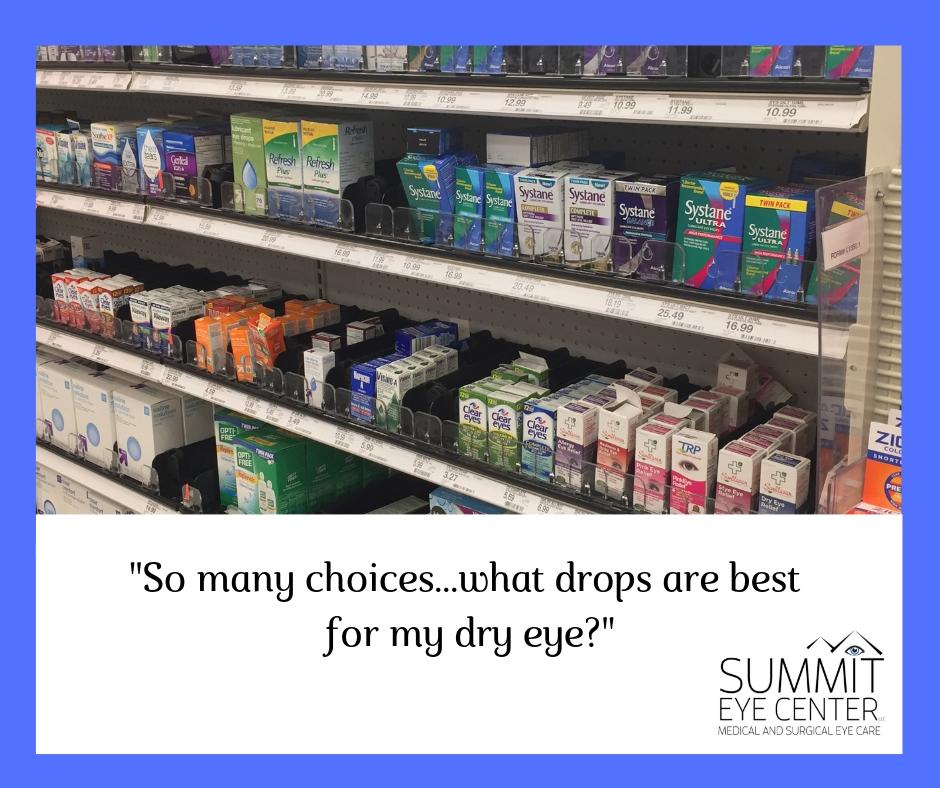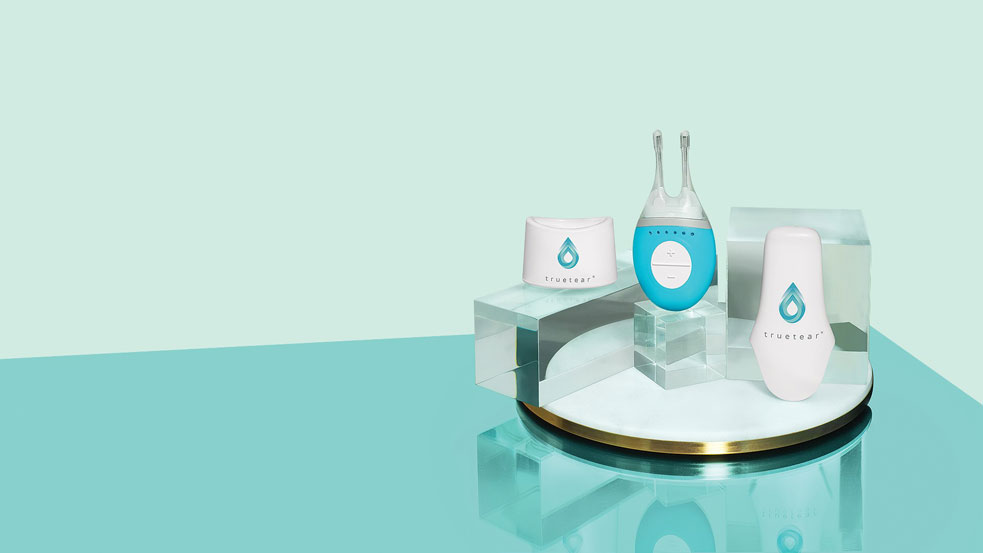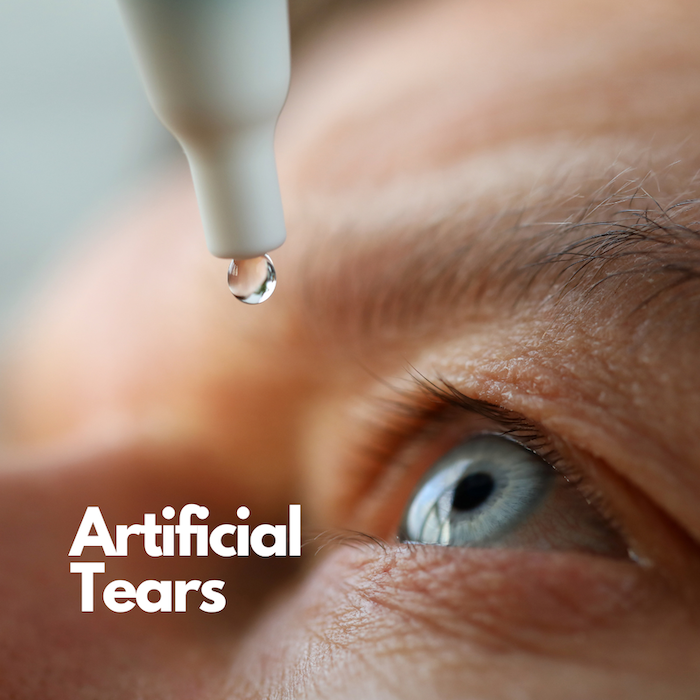
Millions of people in America use artificial tear eye drops on a daily basis for managing their dry eye symptoms such as scratchiness, redness, burning, itching and watering. In 2023, there were concerning reports of cases of serious eye infections resulting in vision loss, loss of the eye and even death in some patients. As a result, several brands of eye drops were recalled and the public was urged to not use and to discard these brands of eyedrops.
A company named Kilitch Healthcare India Limited, responsible for manufacturing many generic artificial tear brands for retailers such as CVS, RiteAid, Walmart, Target, Velocity, Leader and Rugby voluntarily recalled the contaminated eye drops. Insanitary conditions in the manufacturing facility were noted by the FDA in the case of the recent recalls. The contaminated generic brands of eye drops have caused severe drug resistant fungal and bacterial infections of the eye resulting in detrimental health outcomes.

